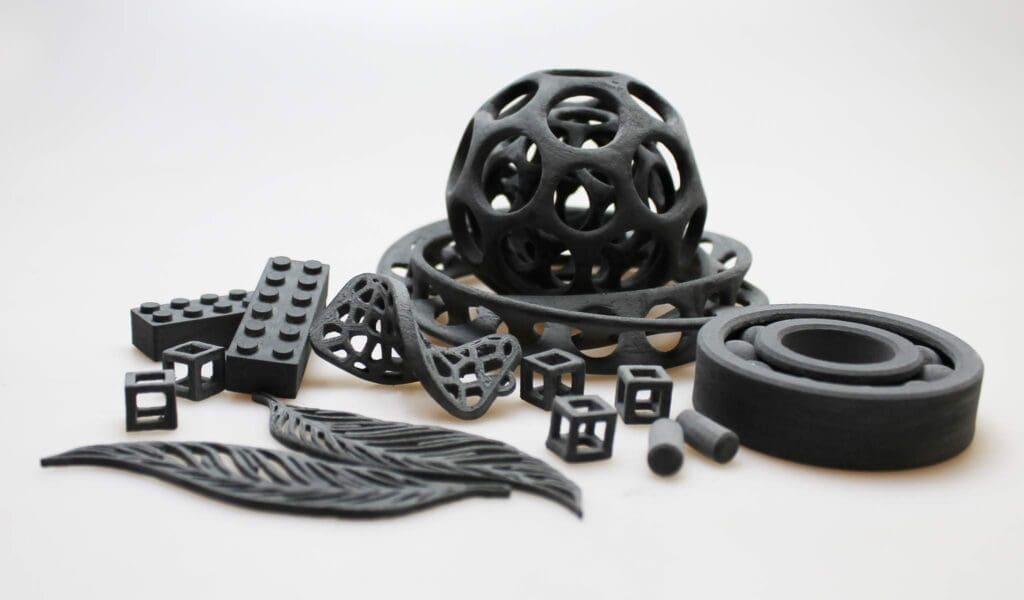What is SLS 3D Printing Material?
SLS 3D printing material is a powdered material that is used in the SLS 3D printing process. This material is usually made from nylon, but it can also be made from other materials such as glass, metal, and ceramics. The SLS 3D printing process involves spreading a thin layer of the powdered material over a build platform and then using a laser to sinter the material into a solid structure. This process is repeated layer by layer until the final product is complete.
Benefits of SLS 3D Printing Material:
- Versatility: SLS 3D printing material can be used to create a wide variety of parts and products, ranging from small prototypes to large-scale production runs.
- Strength: SLS 3D printing material is known for its strength and durability, making it ideal for creating functional parts and products that can withstand rigorous use.
- Strength: SLS 3D printing material is known for its strength and durability, making it ideal for creating functional parts and products that can withstand rigorous use.
- Precision: SLS 3D printing material allows for high precision and accuracy in the final product, ensuring that parts and products are made to exact specifications.
- Speed: SLS 3D printing material allows for fast and efficient production, with some parts and products being completed in a matter of hours.

Uses of SLS 3D Printing Material:
- Prototyping: SLS 3D printing material is ideal for creating prototypes of new products, allowing designers and engineers to test and refine their designs before moving on to production.
- Aerospace: SLS 3D printing material is used in the aerospace industry to create lightweight parts and components that can withstand extreme conditions.
- Automotive: SLS 3D printing material is used in the automotive industry to create custom parts and components for vehicles.
- Medical: SLS 3D printing material is used in the medical industry to create custom prosthetics, implants, and other medical devices.

FAQs about SLS 3D Printing Material:
- Q: What materials can be used in SLS 3D printing?
- A: SLS 3D printing can be done with a variety of materials, including nylon, glass, metal, and ceramics.
- Q: How strong is SLS 3D printing material?
- A: SLS 3D printing material is known for its strength and durability, making it ideal for creating functional parts and products that can withstand rigorous use.
- Q: Can SLS 3D printing be used for production runs?
- A: Yes, SLS 3D printing can be used for production runs, with some parts and products being completed in a matter of hours.

SLS 3D printing material is a revolutionary technology that is changing the world of manufacturing. Its strength, versatility,precision, and speed make it an ideal choice for a wide range of applications, from prototyping to production runs. With the ability to create complex parts and products with high accuracy and durability, SLS 3D printing material is transforming the way we think about manufacturing.
As the technology continues to evolve and new materials are developed, we can expect to see even more innovative uses for SLS 3D printing material in the future. From aerospace to automotive, medical to consumer products, the possibilities are endless. Whether you are a designer, engineer, or manufacturer, SLS 3D printing material is a game-changing technology that is worth exploring.

